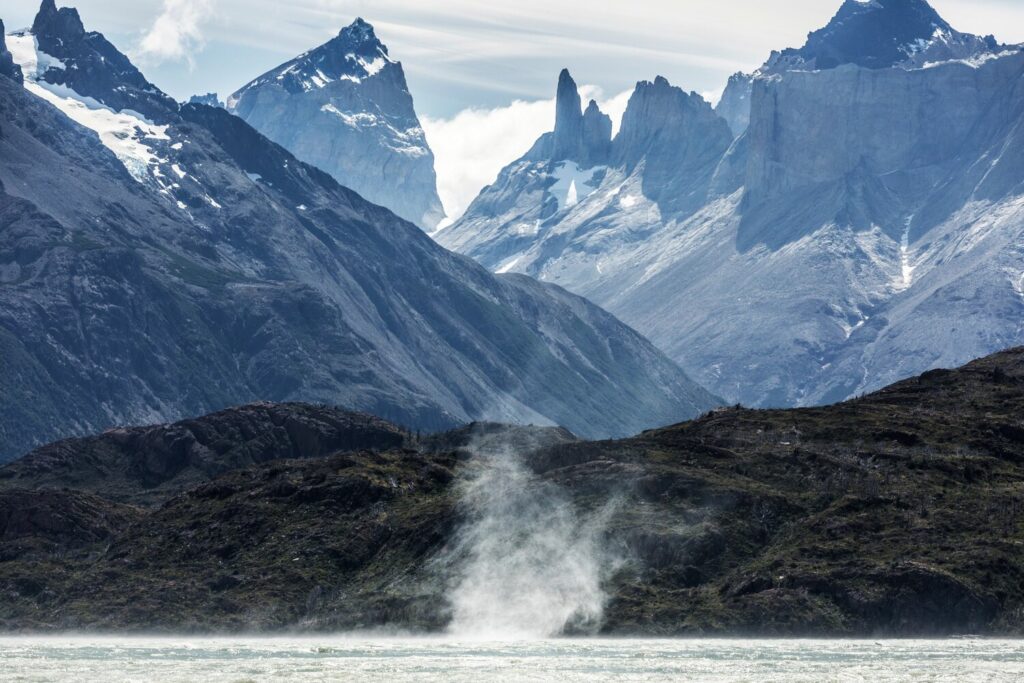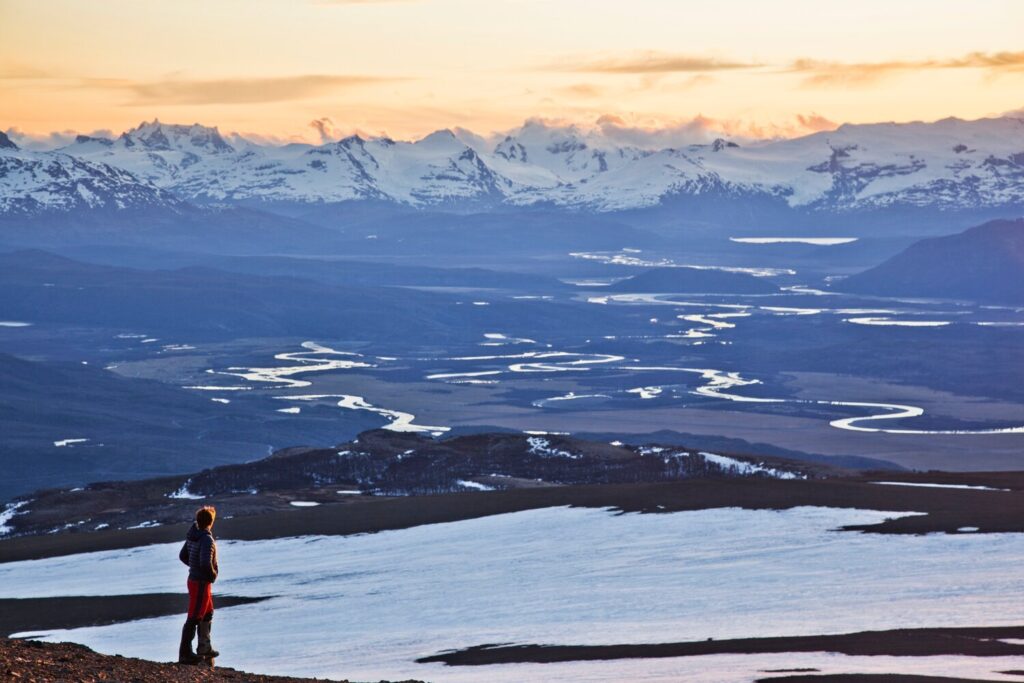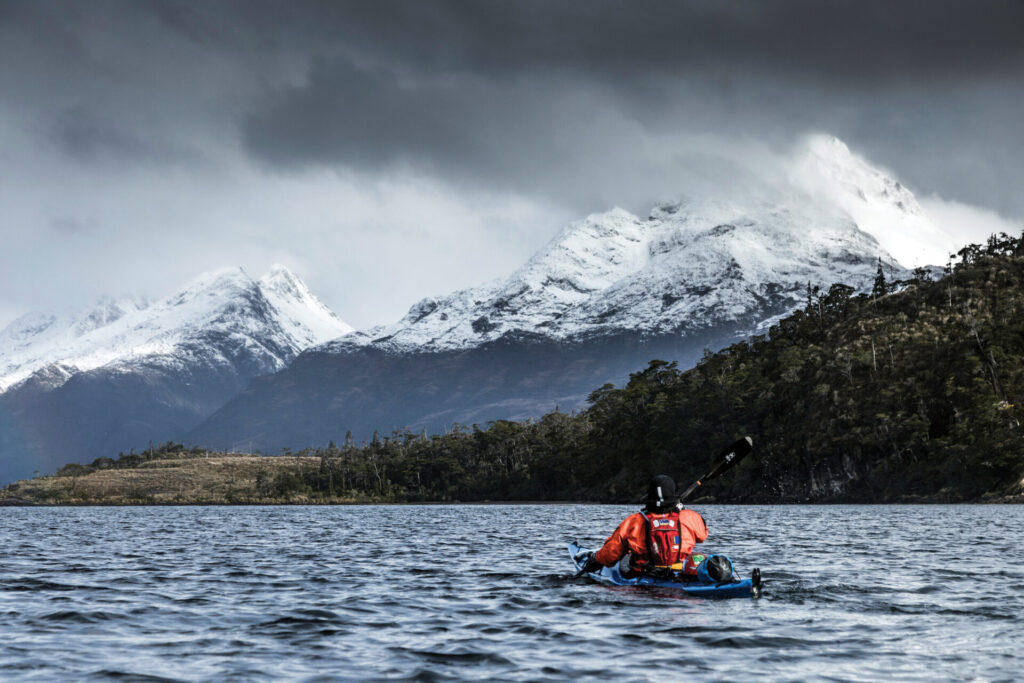Home Story Chasing Down The Wind
Chasing Down The Wind
Feature type Story
Read time 8 min read
Published Oct 19, 2021
Author Will Copestake
Photographer Will Copestake
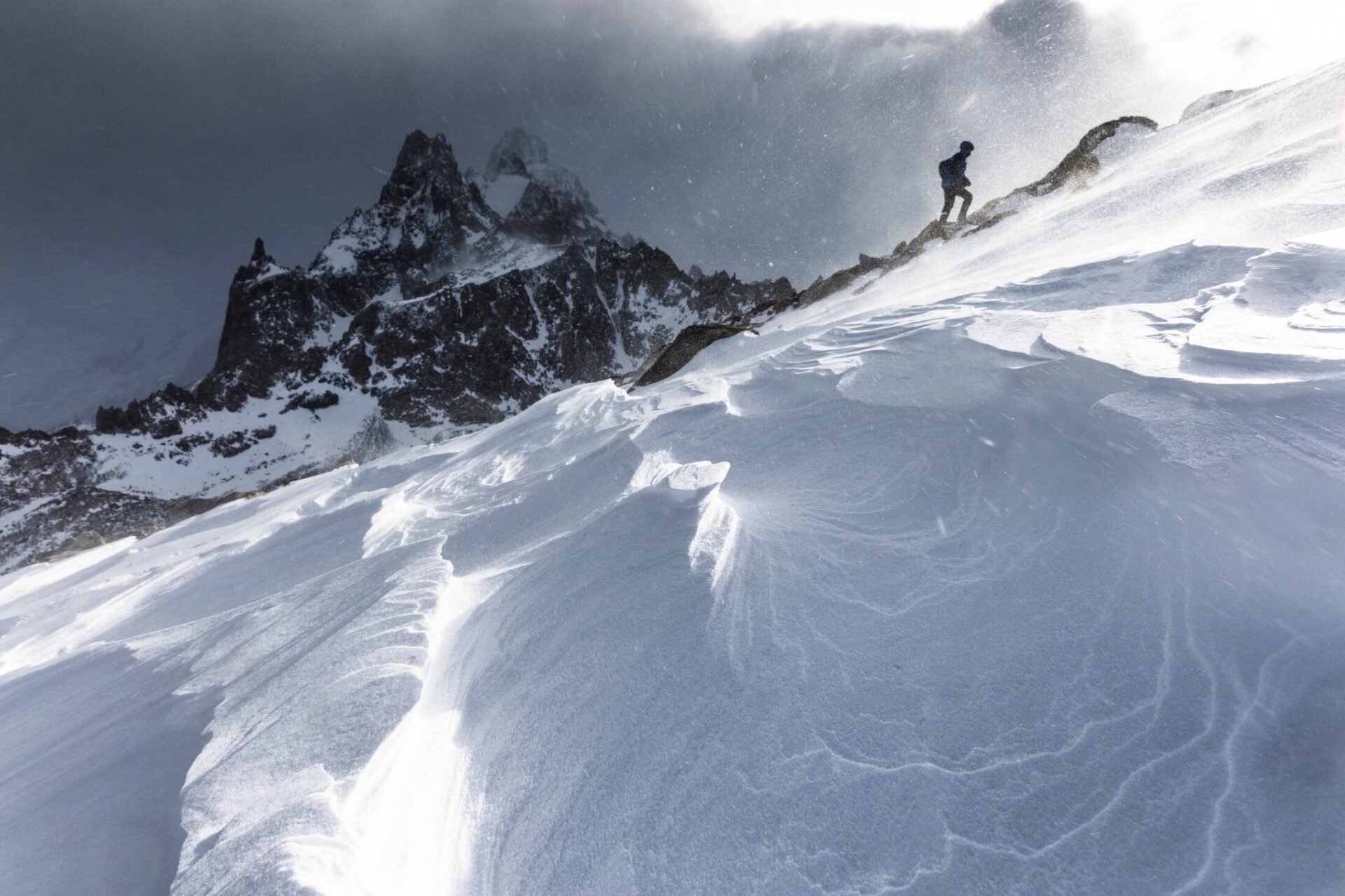
In the teeth of an incoming storm deep in the pathless terrain on a sub-peak in the Fitz Roy range of Argentine Patagonia.
It’s said Patagonia is home to a landscape from heaven carved out from the weather from hell. It is one of the last true wilderness expanses on Earth and deeply alluring to those who seek genuine remote wilderness adventure far from human civilisation. It’s home to the world’s third largest continental ice cap, from which the Andean mountains break free in a jagged edge separating the western Pacific fjords from the eastern pampas grasslands and the Atlantic Ocean. To put it briefly, here lies an adventure playground to last a lifetime, where nature is your boss.
Since the winter of 2014, I’ve been fortunate to live and work numerous seasons around the Torres del Paine and Bernardo O’Higgins National Park as a kayak guide. As I passed each season in southern Patagonia, I’ve felt a personal progression, playing catch-up to the locals – both as a guide, but also for my own explorative ambitions.
My first year was spent focused on surviving as a ‘newbie’ in a world of machismo; I towed beginner kayakers through 40 knot winds on a regular basis. I also trekked with the our clients on the national park’s built trails such as the famous ‘W’ track and the 110km ‘O’ circuit, keeping low to the known routes with little thought needed.
My second year was that of multiple kayak expeditions. On my days off, I explored numerous wild routes travelling either solo or with friends. This culminated in a month long expedition at the end of the season. I left Patagonia that year with a reputation for enjoying long and heinous portages as for the paddling itself.
Interspersed with all the kayaking, I’ve had many adventures (and mis-adventures) in the mountains. This story is one that defines such journeys; whilst it’s not one of my successful endeavours, it tells the truth about what it’s really like out there in the southern Patagonian wilderness.
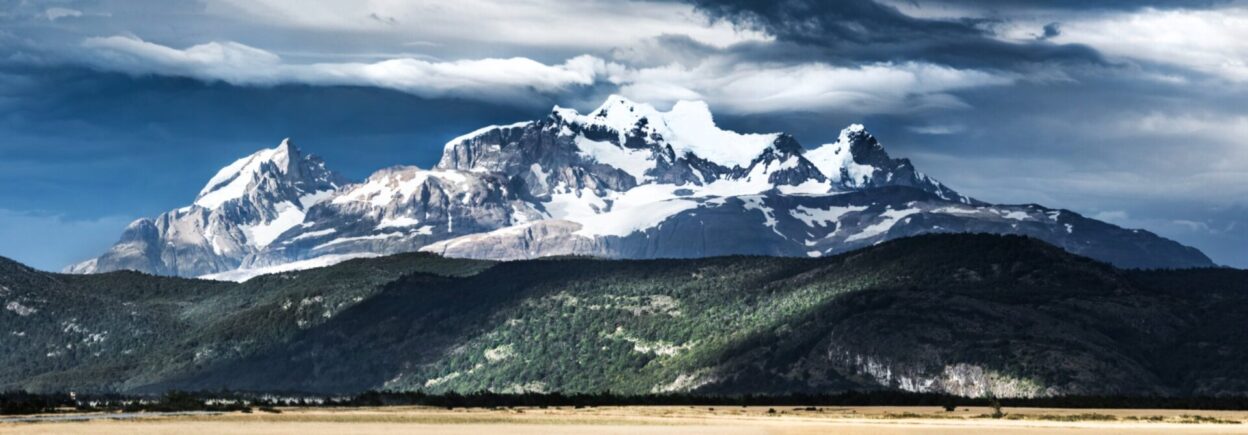
Lenticular clouds envelope Cerro Balmaceda in Chilean Patagonia as another storm rolls in.
Before arriving in Patagonia, I had some mountain experience from Scottish summits in winter conditions, but I am not a mountaineer – more of a scrambler. By now I had the gained confidence – and a small degree of competence – to back up my growing ambition to seek out properly remote summits in Chile. Inspiration, as often happened, came from my daily commute to work.
Above the dirt road that leads into the Bernardo O’Higgins National Park, jagged mountains tower overhead along the horizon like a constellation of giants: these are the Pratt, Chacabuco and Senoret ranges. Unlike in Torres del Paine, there are almost no trails and very few people; should things go wrong, there is slim chance of rescue. Several of the peaks in these ranges have yet to be climbed, and many others are seldom if ever touched. This is where adventurous locals choose to visit.
Perhaps the most iconic of these peaks is Cerro Tenerife, which visible from our house in Puerto Natales: it’s a perfectly pyramidal peak, 1600m high from sea level and naturally alluring.
After first climbing it in 2015 with a Chilean client and my two guiding friends, I vowed to return for a longer and more ambitious plan to tackle the 40 kilometre west ridge toward the isolated summit known as Cerro Pratt.
During my third season, the perfect weather window finally broke: three days of sunshine and zero wind was the forecast. The game was on. After being dropped on the road by Cris, who runs the guiding company I work for – and the first to summit this peak in winter way back in the 1990s, I set off. Hauling an overnight pack up the 40 degree slopes was a punishing start to reach the ridge line, and a timely reminder that although small in comparison to nearby peaks, it is still 300m higher than Ben Nevis, the highest summit back in the UK.
At first the climb was more of a fight, pushing gloved hands through the needle-like spines of the endemic Patagonia calafate bushes: sweaty work under heavy clothing to save myself a thousand splinters. Local legend tells of the sweet berries of the calafate; once eaten, a visitor will return to Patagonia again to taste them. The thorns are their counterpart to put us off.
After a slow hour and a half, I reached 800m – and the tree-line. In less than ten steps, I broke free from the temperate jungle and onto the open slopes of the mountain. In an instant, I felt as if I’d been transported to the Moon. The sedimentary rock was broken into thousands of slates which cracked with a tinkle underfoot. These shards are regularly sent airborne in the wind; I was often told stories of local porters being stripped nearly naked by ‘flying daggers’ on the high passes of Torres del Paine.
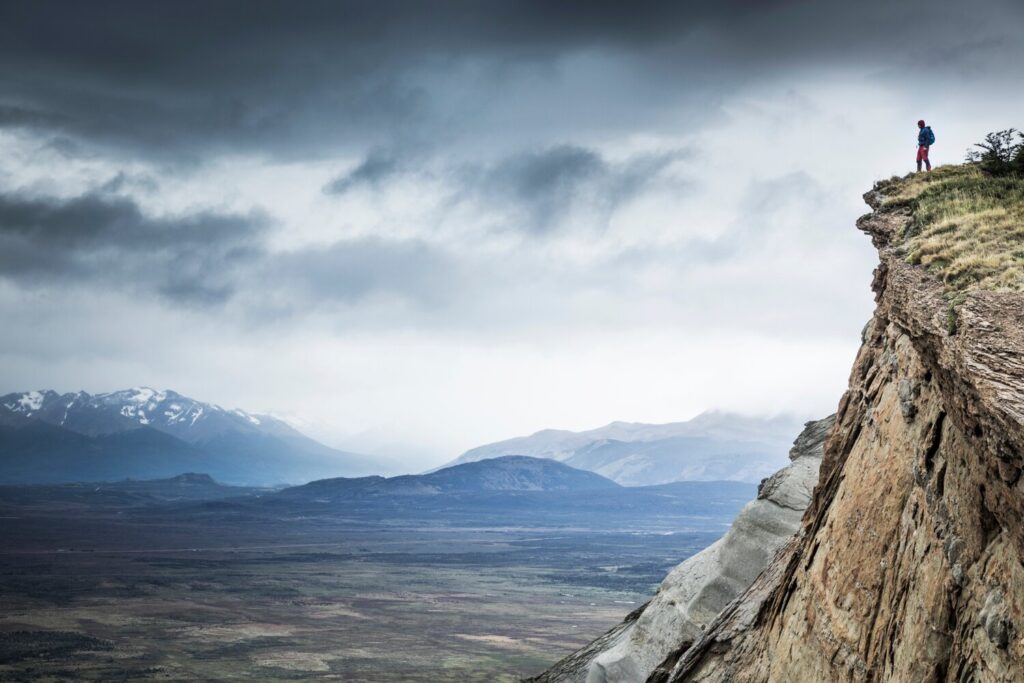
Peering out over the cliffs of Dorotea in the Torres del Paine National Park to spot condor – the largest terrestrial bird on Earth.
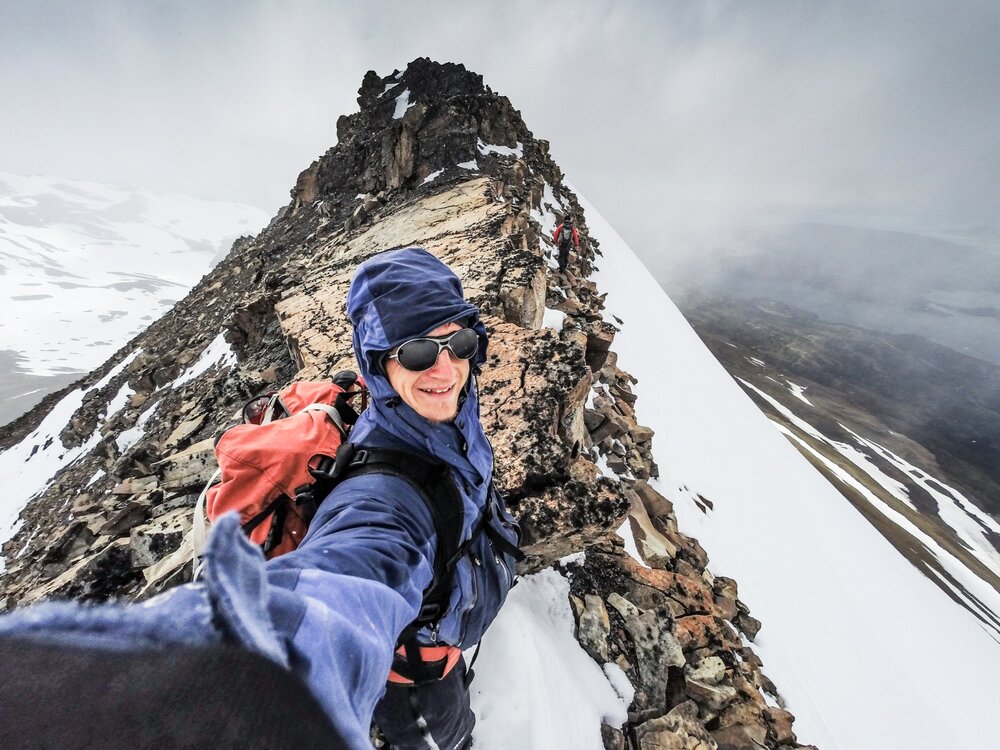
Clambering the narrow ridges of Cerro Tenerife.
At 1400m, I joined the ridge line at last. Like the fossil of a giant beast, the arête was lined with a single narrow spine: a basalt wall formed by a long, hardened magma intrusion. As the terrain steepened further, a formidable drop appeared on either side of the spine. To my north, the mighty spines of Torres del Paine dominated the horizon. Looking west and the dramatic Chacabuco mountain range, I felt excitement and intimidation in equal measure. From here, I would lose all sight of any roads or evidence of human life, and would be utterly alone. The horizon of broken spires and icy slopes was akin to the monstrous walls of Mordor in The Lord of the Rings. Behind them, the skies were building with a dark front of cloud, which I shrugged off as the usual orographic layer that hangs on the glacier.
Casting my mind back to the season before, I should perhaps have remembered a mis-adventure in the foothills of Torres del Paine. I’d climbed to 1,500m with intent to bivi and photograph the sunrise on the towers from a unique perspective, again with a near perfect forecast. As evening drew in, on the horizon, the ice-cap came alive. Towers of spindrift curling skyward in steaming columns of mist, above, lenticular clouds were building fast – the surest sign of a rising wind. The un-forecast storm hit about midnight, turning my previously sheltered bivouac into a war zone. Hurricane force winds literally lifted me from my perch as I frantically stuffed my equipment into my pack and crawled into the lee of the ridge. By the time I’d battled to the sanctuary of tree-line 800m below, I‘d been badly cut from flying rocks. I nestled into an uncomfortable night in the bow of a tree root, and walked out at first light some five hours later.
For now, success on more recent summits had clouded my memory enough to trust the forecast. Scrambling off the scree slope, I left Cerro Tenerife behind me. Descending to a wide valley, I arrived into the receding face of a once-grand glacier. There was nothing growing here; no greenery, just black rock and ice all around. If the slopes of Tenerife felt like the Moon, this would surely be Mars. I could smell it too, the earthy aroma of freshly ground rock dust, pulverised by the ice into the finest powder. This ‘rock dust’ coloured the lagoons dotting the landscape to a sapphire blue. Iron freshly exposed after a millennia under ice now rusted from the rock in streaks of deep orange. This iron also renders a compass utterly useless here; the needle usually turns to the rock itself rather than to magnetic north. Above me, but safely distant, a hanging icefall boomed and rumbled on occasion as it calved ice into the abyss.
Progress was slow. I clambered over rocks, waded through mud, and on occasion donned crampons to cross the front face of the ice, which thankfully was rounded with few crevasses and safe to do so. Twisting an ankle was not an option, so extra care was needed to make safe passage. Aiming for a mountain pass, I headed for a sheltered looking hollow to set camp before the daylight faded. I found a hollow in the shadow of the mountains around me. Although I could hear the gentle wind above, I felt fairly confident in a safe camp should the wind increase. Nevertheless, I built a rock wall to shelter behind in case those clouds turned into something more. I then spent a pleasant evening resting and enjoying the solitude – until the sun went down.
Small rocks flew past my headtorch, pelting my jacket and stinging my skin as the wind rose to a deafening roar
Around 11pm, the storm duly arrived. Totally, un-forecast it was a reminder of the unpredictability of the Patagonian weather. I hunkered in, expecting to outlast it, confident the tent could take it. I was relatively comfortable at first, battered only with occasional isolated ‘punch downs’ from gusts above ranging around the 80mph mark. By midnight, it became apparent this was more than a flurry: a big storm was coming in. My full-spec mountain tent was now blowing flat onto my nose where I lay, and rocks started thumping into the walls. I’d learnt from previous trips to sleep with a prepped bag with a planned route of direct safe descent should I need to leave in the dark. As rock daggers had started to fly, the wind was gusting into the 100mph range: the tent would be shredded by morning. It was time to get out of here.
Bent double to the wind, I stuffed my tent into my pack. Small rocks flew past my headtorch, pelting my jacket and stinging my skin. The wind was still increasing with a deafening roar over the peaks above. Finding a stream, I staggered downhill to the forest with purposeful pace. In a strange way, this was fun of the type two kind; it was testing and exciting. I’d put the plans in place to stay safe. After an hour, I’d reached the forest and just like before, in a few short steps entered a new world. The wind was instantly gone except for the roar in the canopy above. Soon finding a sheltered camp, protected by the buried bow of a fallen tree, I settled in, far below my previous camp and far more comfortable. By morning the wind was still rising, with hurricane force gusts still howling in the highest treetops. One thing was for sure: I wouldn’t want to still be up on the plateau above, and had made the right decision to descend.
A day’s bushwhack down the valley brought me around the front face of Cerro Tenerife and along to a dirt road – the nearest access. Turning my back on the mountain, the adventure had taken a new tack towards a different horizon. It wasn’t plan A, but it had been a spectacular night out to add into the stock of experience.
Trips like this define Patagonia. There have been many other days where we have got to the top and returned triumphant, but there have been just as many where the weather reminds you who is in charge. The game of cat and mouse with the elements is an eternal feature of Patagonian adventures, and one I hope to keep playing – hoping neither of us ever quite beats the other.
Don’t miss a single adventure
Sign up to our free newsletter and get a weekly BASE hit to your inbox
Other posts by this author
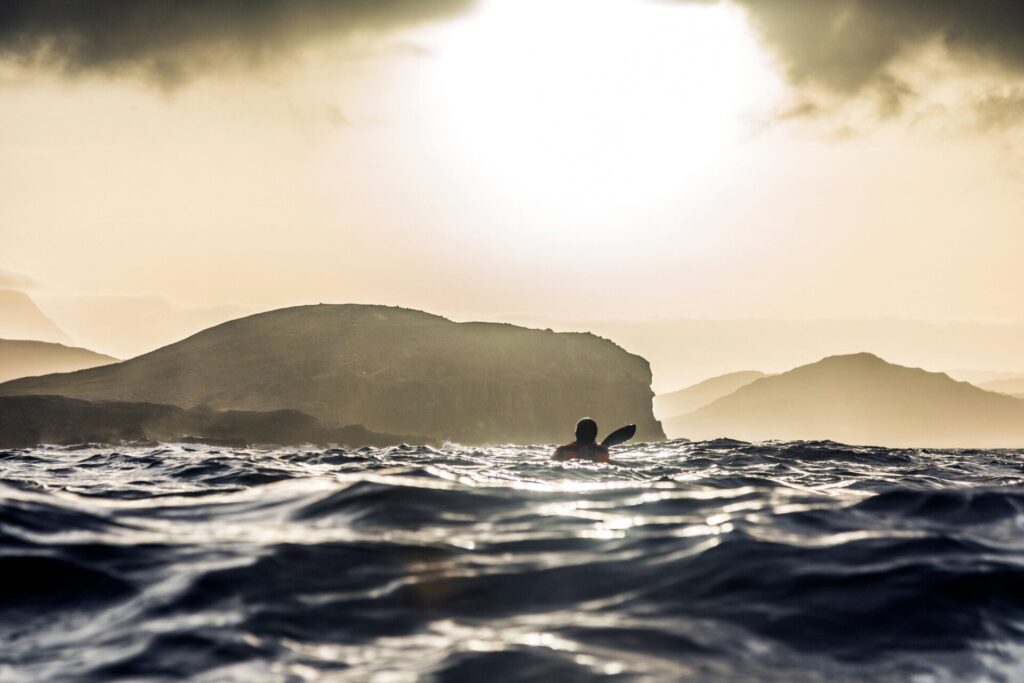
Story • Will Copestake • Mar 27, 2020
Whispers
Will Copestake reflects on the importance of fear during his solo circumnavigation of Scotland by kayak
You might also like
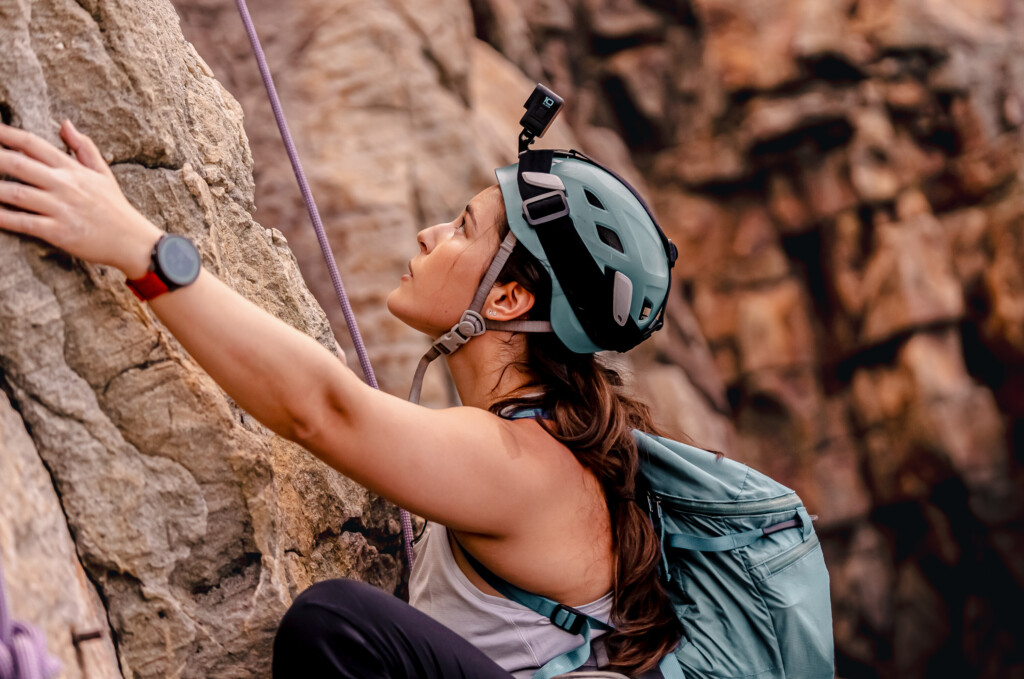
Photo Essay • BASE editorial team • Mar 18, 2024
Hunting happiness through adventure in Taiwan
BASE teams up with adventurer Sofia Jin to explore the best of Taiwan's underrated adventure scene.
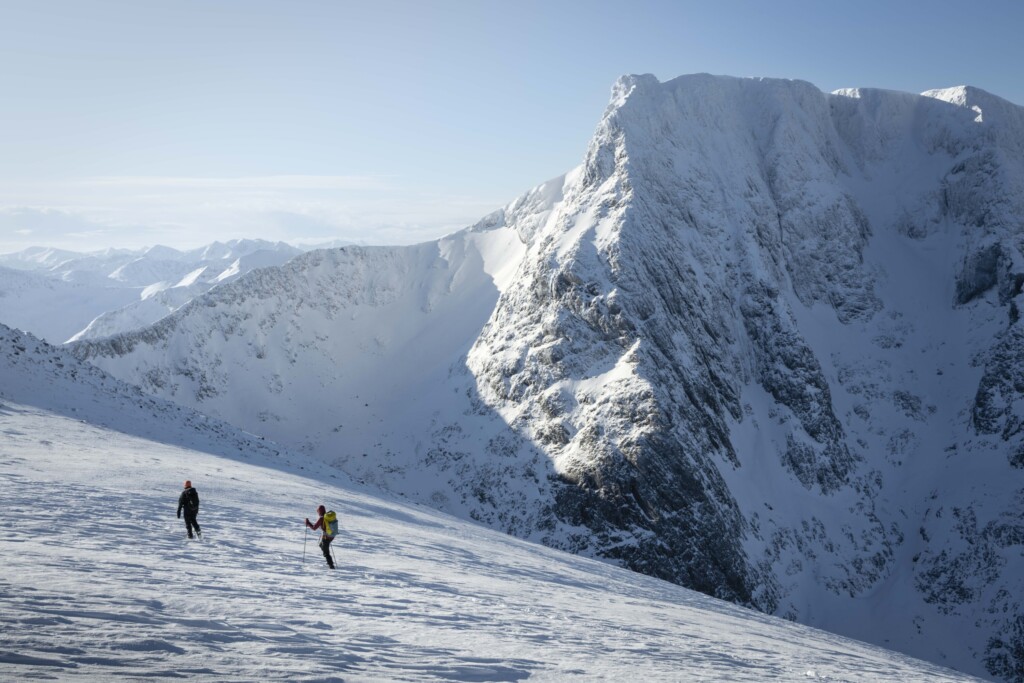
Story • BASE editorial team • Nov 21, 2023
Five Epic UK Climbs You Should Try This Winter
Craving a snowy mountain adventure? Inspired by the Garmin Instinct 2 watch (into which you can directly plan these routes), we've compiled a list of five of the best for winter 2023-24!


Video • BASE editorial team • Jul 04, 2023
Zofia Reych On Bouldering, Life And Neurodivergence
Climbing is a driving force in Zofia's life, but for a long time, it also seemed to be a destructive one
